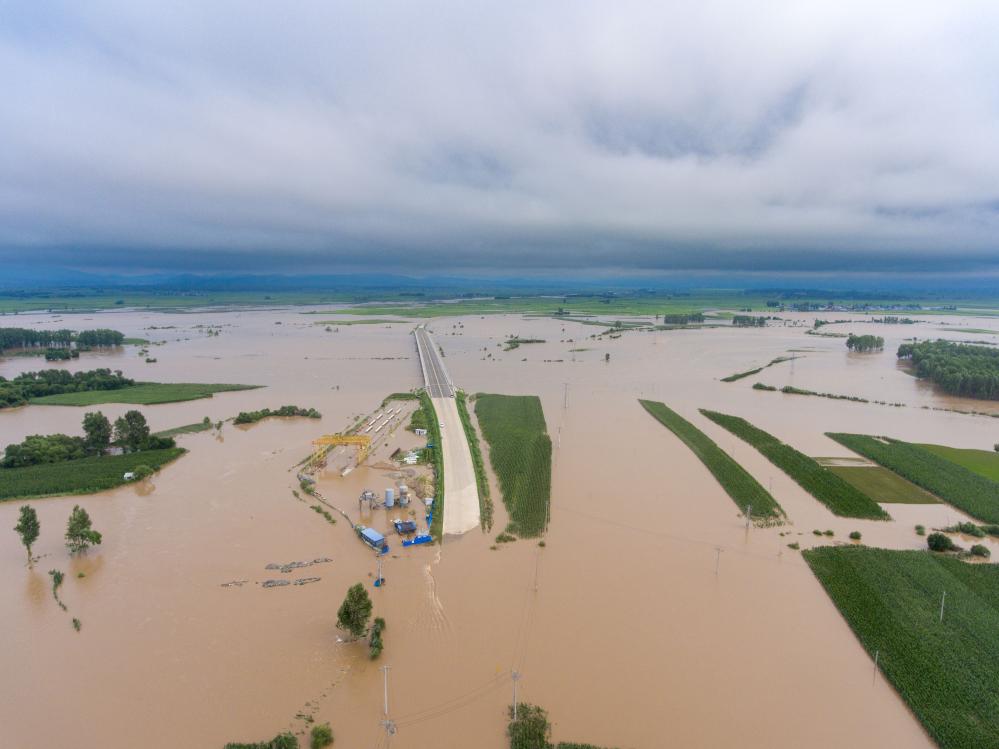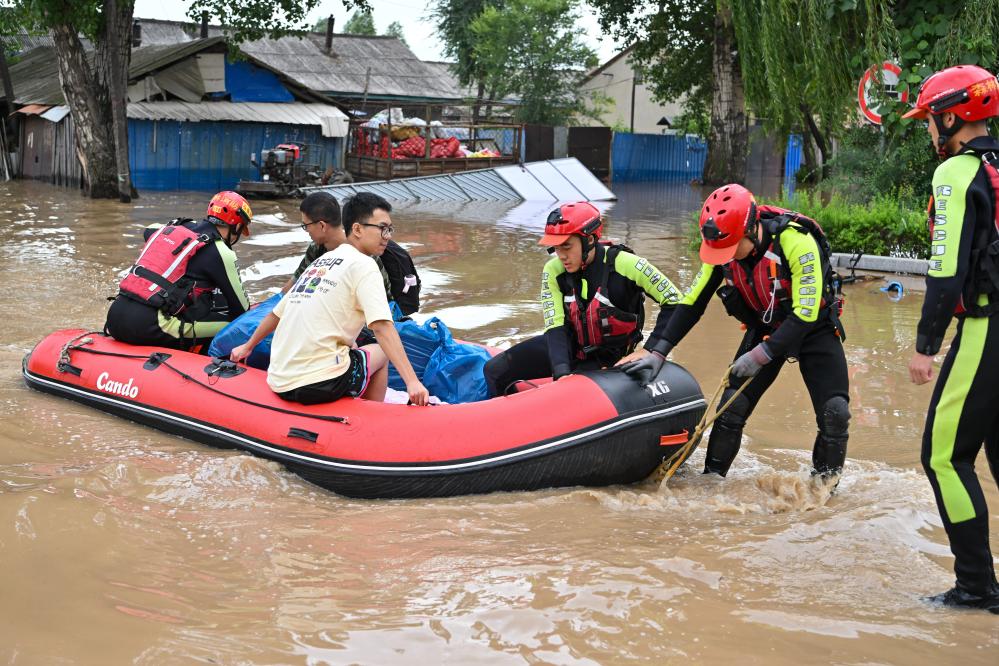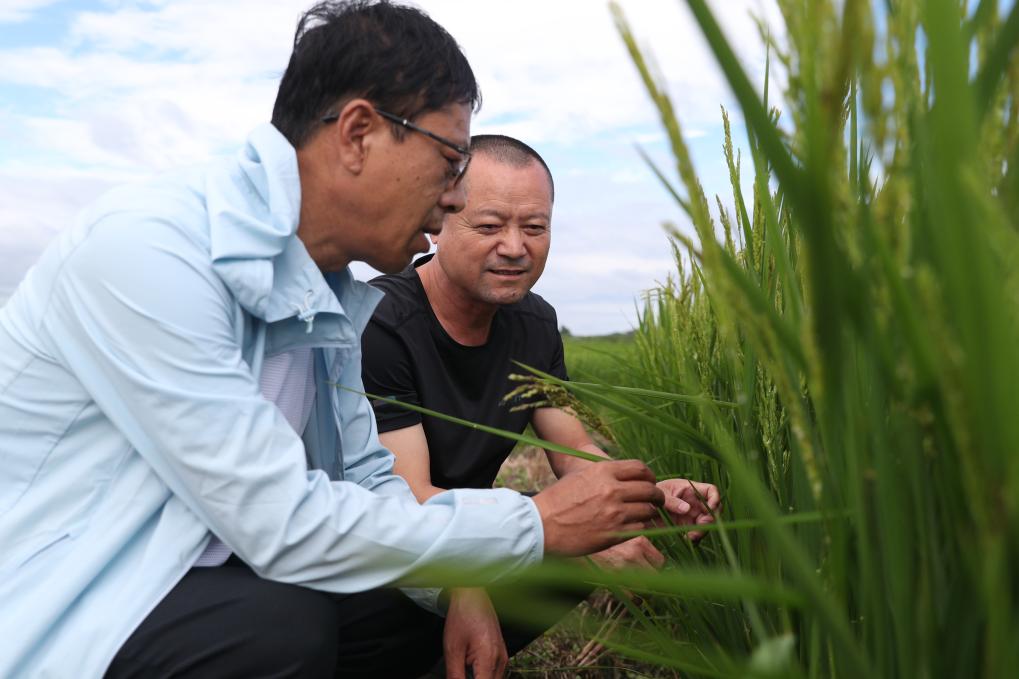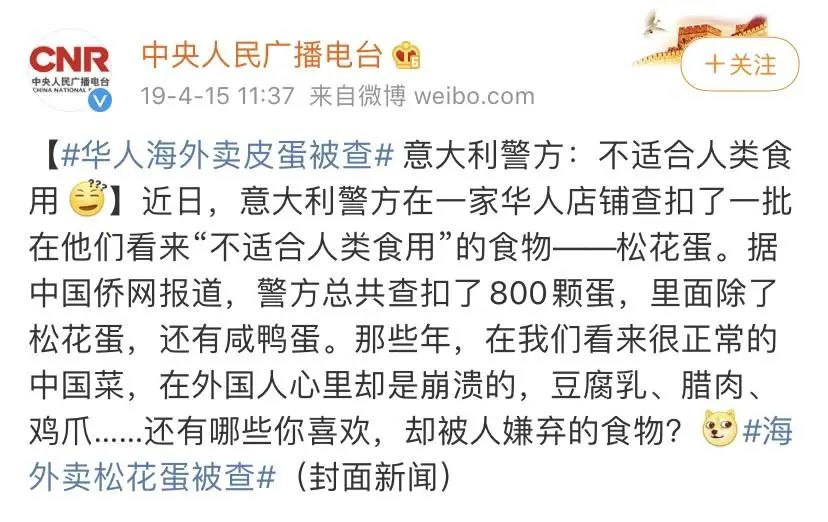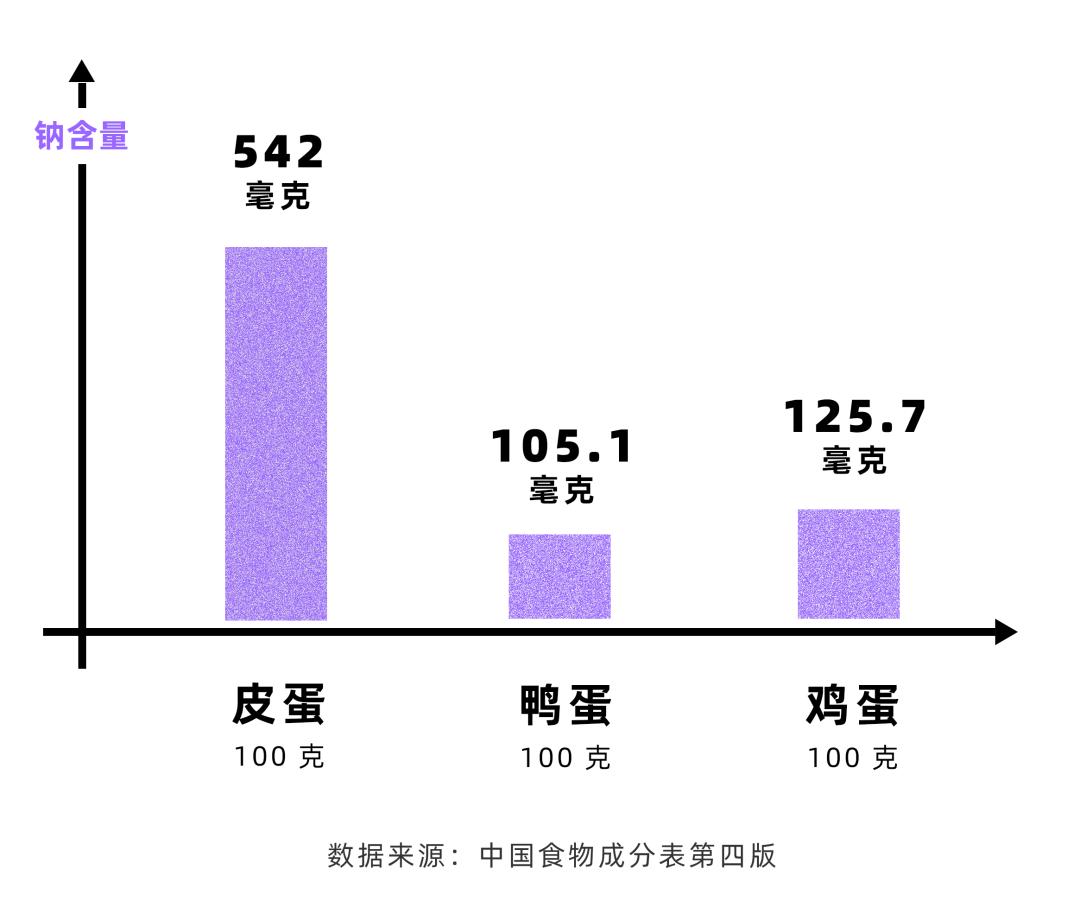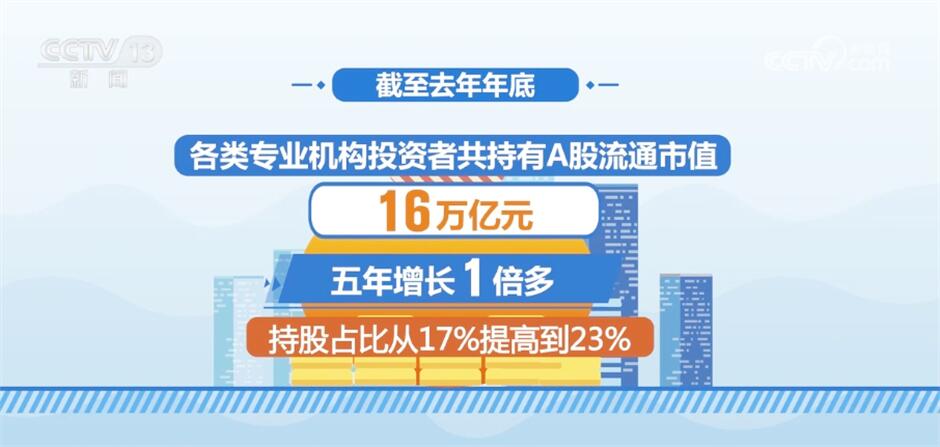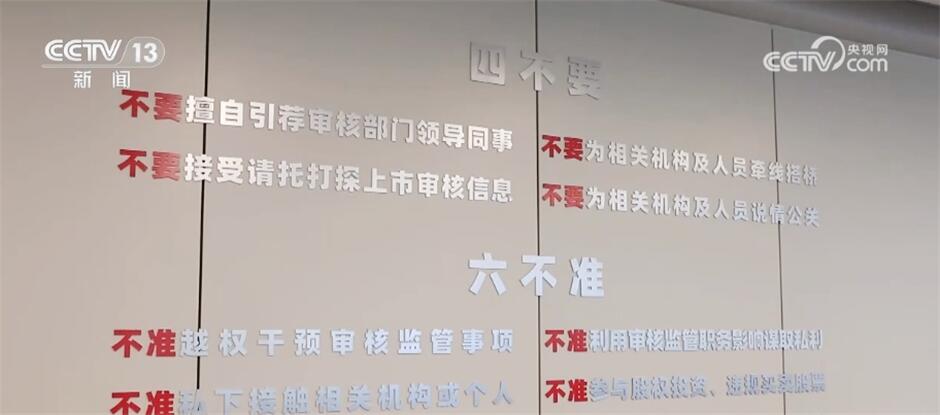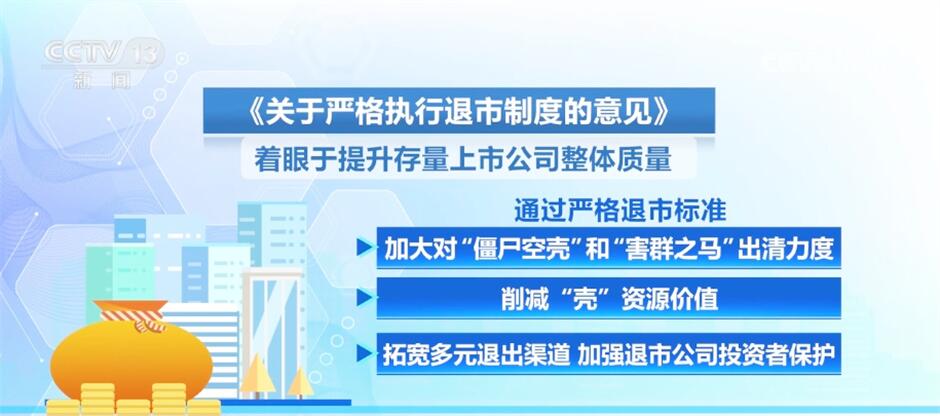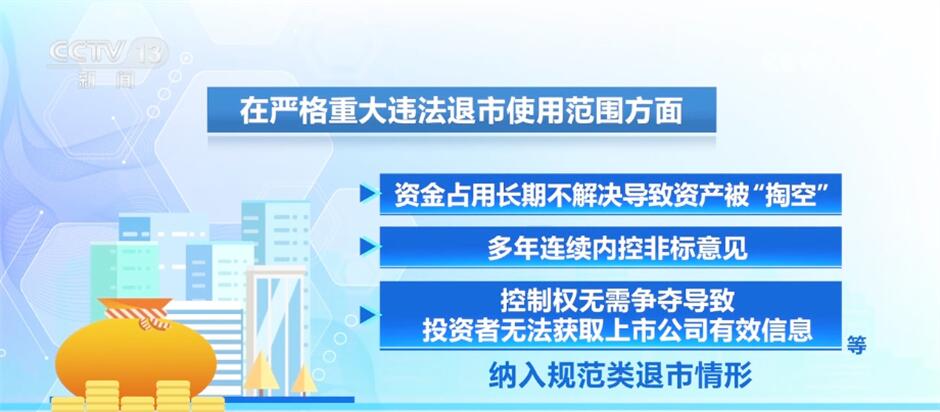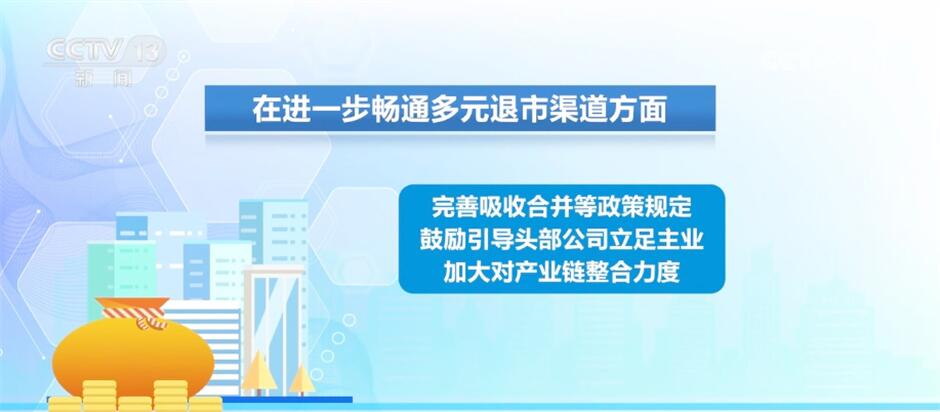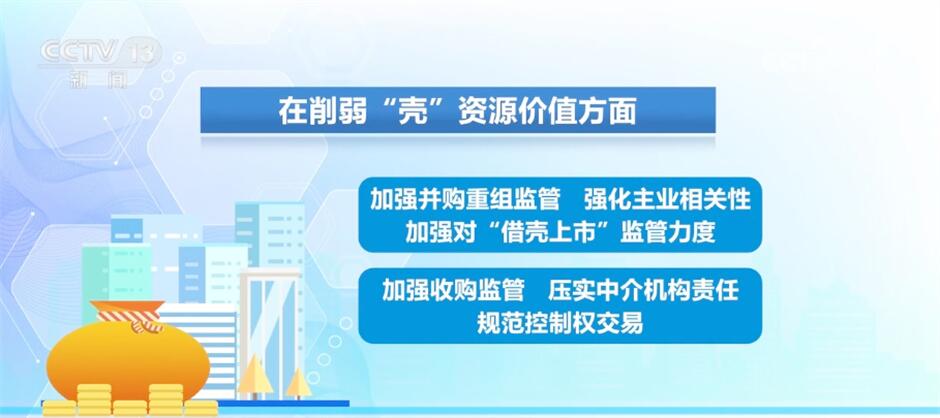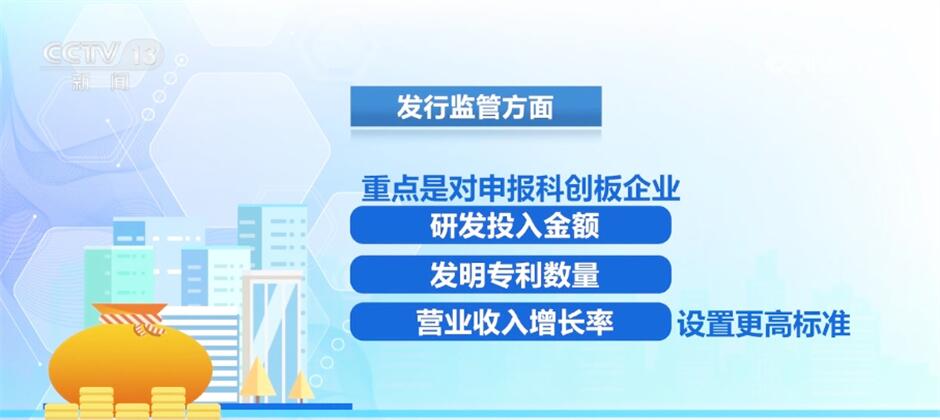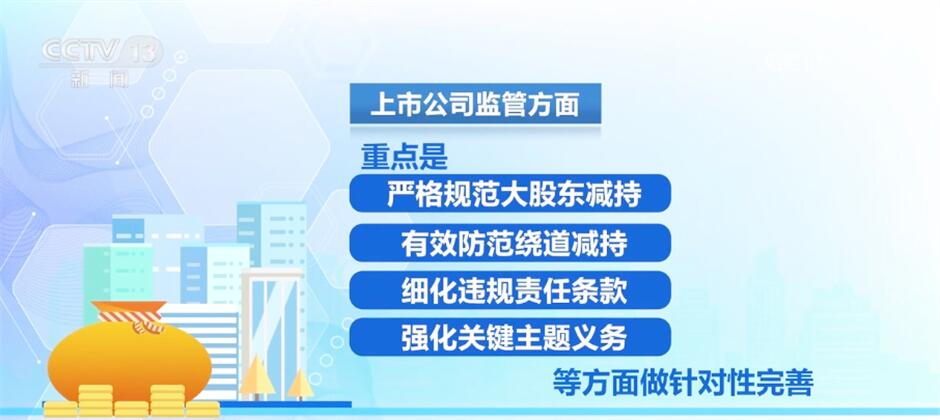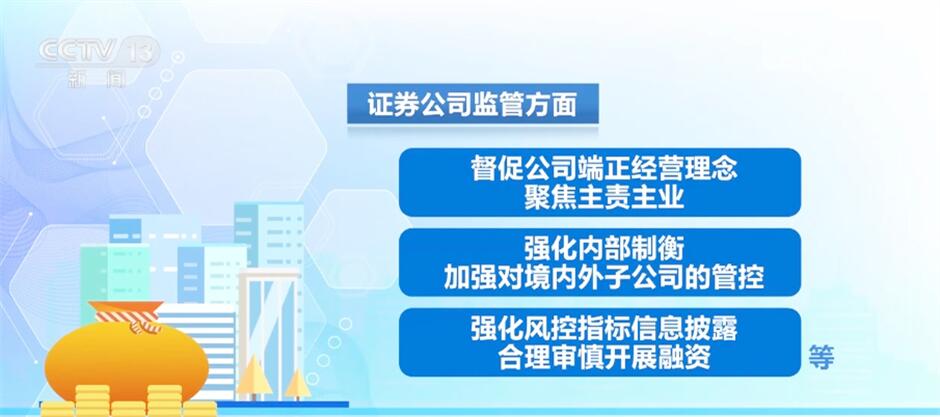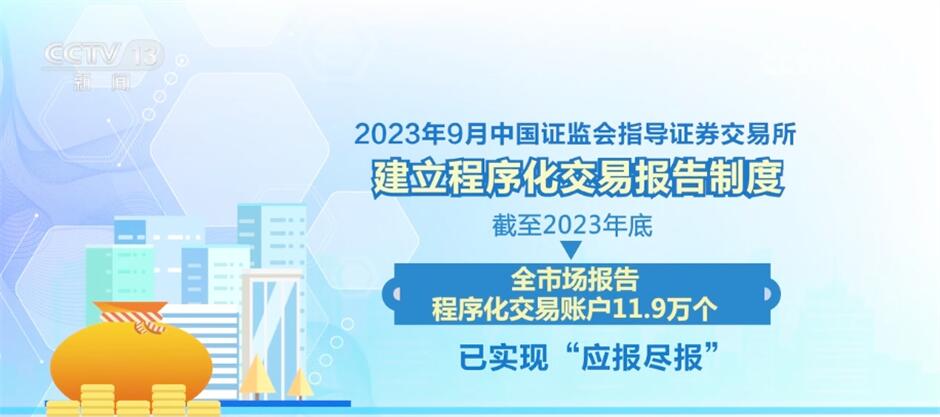Military Forum: A Perspective of Future War Development
Perspective on the change of future war development
■ Li Yuxi Liu Heshan
You can’t understand war without understanding the times. As the society enters the era of intelligence, the form of war has also undergone profound evolution. In what way human beings produce, they fight in what way. There is an intelligent mode of production in the intelligent era, which will inevitably shape an intelligent form of war. With the development of science and technology, the presentation form, decision-making mode, organizational style and security mode of war will undergo subversive changes.
The change in the form of war. The form of war is the historical coordinate of the development process of war, which determines the orientation of the times in which human war activities are located in each period. Since the 1960s and 1970s, with the grand development of new military revolution on a global scale, the form of war has also started the continuous acceleration process of the transformation from mechanized war to information war, and finally to the advanced stage of information war-intelligent war. The future war will enter the era supported by intelligent technology, and the field of confrontation will involve politics, economy, diplomacy, society and many other fields. The combat space will be extended from the traditional physical space to the virtual cognitive space, the grouping of combat forces will be transformed from man-machine mixed grouping to unmanned combat cluster, and the combat action will be developed from man-machine cooperation and people-oriented action to unmanned autonomous combat. On the surface, it seems calm, but the confrontation in intangible space is surging. The strategic game of mixed war is becoming increasingly clear, and the war will fully enter ".
The change of war decision-making mode. All along, the way of war decision-making has been comprehensively restricted by various factors such as battlefield reconnaissance, command, communication and support. With the development of intelligent unmanned, network information and other technologies, the way of war decision-making will change intelligently, showing the characteristics of data support, algorithm dominance, man-machine collusion and distribution autonomy. Before launching actions in the tangible battlefield space, all sides of the war confrontation calculate first and then fight. The massive intelligence data obtained from multiple sources are processed through cloud brain fusion. With the help of digital twinning, virtual reality and holographic projection imaging technology, the intelligent confrontation deduction is carried out in the network virtual space first, and the comprehensive strength of the enemy and ourselves is compared and analyzed, so that the deduction results can serve the war decision. When making decisions in the war, we adopt the "man in the loop" brain-computer coordination decision-making mode, and with the perceptual divergent thinking of the human brain and the powerful calculation and statistics ability of the computer, we can quickly judge the situation, plan the task, give instructions and adjust independently, so as to realize the perfect combination of decision-making art and decision-making science.
The change of war organization style. In recent years, no matter the concepts such as "autonomous war", "shadow war" and "the sixth generation war", or the "Joint Concept" of the US military or the "Armed Forces Construction Plan" of the Russian military, they are all based on the development trend of science and technology. Mechanized warfare is a platform-centered physical destruction attack, information warfare is a network-centered system confrontation battle, and intelligent warfare is a comprehensive strength contest centered on cognitive decision-making. The supporting combat system is mainly subversive technologies such as unmanned control, artificial intelligence, big data, cloud computing, quantum communication, blockchain, etc., emphasizing distributed real-time killing centered on cognitive decision-making. In the near future, the continuous development of intelligent technologies such as deep neural network, brain-computer interaction, automatic processing, 3D printing and Internet of Things will inevitably improve the scientific and technological content in the military field, making the war organization style show the characteristics of "some people are not combined, no one is independent in front, and some people are regulating in the rear".
The change of war support mode. At all times and in all countries, outstanding military strategists all attach importance to the security work in the war, as the saying goes, "the military and horses have not moved, and the food and grass come first." For example, in the battle of Guandu in ancient times, Cao Jun attacked Wu Chao at night, which destroyed the grain and grass of Yuan Shao’s army and defeated the whole army. In modern warfare, due to the lack of logistics supply, the troops with fierce offensive on the battlefield have to stop and wait for the supply of military supplies, thus missing the fighters, and so on. Therefore, war support determines the outcome of the war in a certain sense, and its position and role have always been very important. It is not only an important content of military management, but also a key support to win the war. In the past, there were too many war support activities, a single source of support resources and simple and extensive implementation of support. However, with the change of intelligent war form, the war support model will also undergo subversive changes. The future war support will rely on the Internet of Things technology and intelligent information system, with physical distributed storage, virtual centralized management and military-civilian cooperative supply of support resources, global real-time monitoring, intelligent prediction matching and advanced planning for support organization implementation, so as to realize joint logistics supply, global configuration, intelligent deployment and accurate forward delivery of war support resources, ensure accurate, efficient, stable and reliable implementation of war support, and continuously extend the battlefield support capability to the end.
A change in the line of checks and balances in war. War is a kingdom of uncertainty. For a long time, people have known that it is difficult to achieve victory only by "straight thinking" and "open array". Liddell hart, a British strategic theorist, analyzed the successful strategic cases in the world and found a rule: 90% of them used the "indirect route". However, the "indirect route" has long appeared as a supplementary role of the direct route. However, compared with the past, the modern warfare system is huge, there are many nodes, and there are many vulnerable "life gates", which provides a broader opportunity for choosing "indirect route" and implementing "asymmetric" checks and balances. Judging from several local wars in the world in recent years, even the powerful American army attaches great importance to the "devious plan" in the face of weak opponents. "Those who are good and amazing are infinite as heaven and earth, and inexhaustible as rivers." No matter now or in the future, the strategic game of war between countries, especially among the world’s military powers with strong strategic damage capabilities, can neither achieve their own operational goals according to conventional thinking, nor simply have the idea of fighting an "open array." In order to win the future war, we must follow and develop the winning mechanism of the future war, adhere to the "indirect route" and do a good job of asymmetric checks and balances, so as to always grasp the initiative of the war.
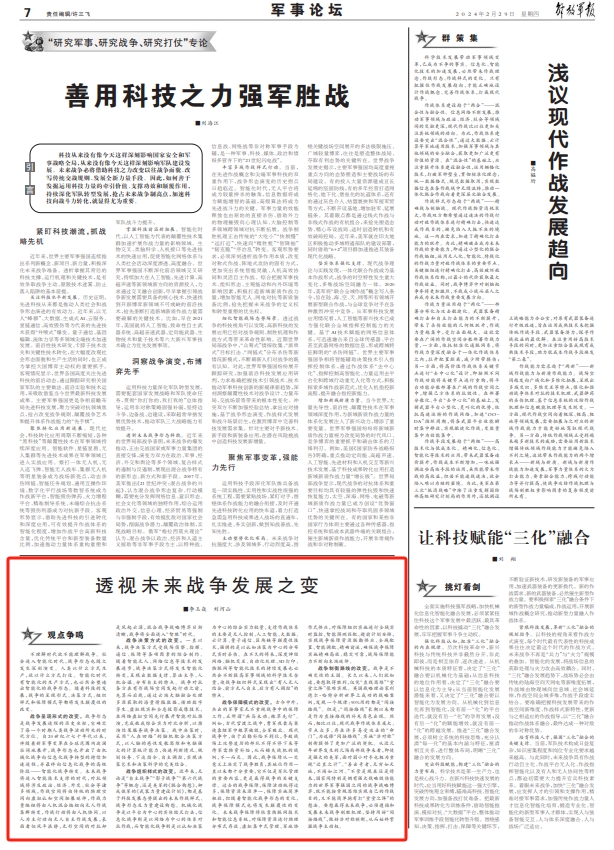
Look at the military bugle
Military information has long been known.
Scan the QR code below
Download China bugle client.

